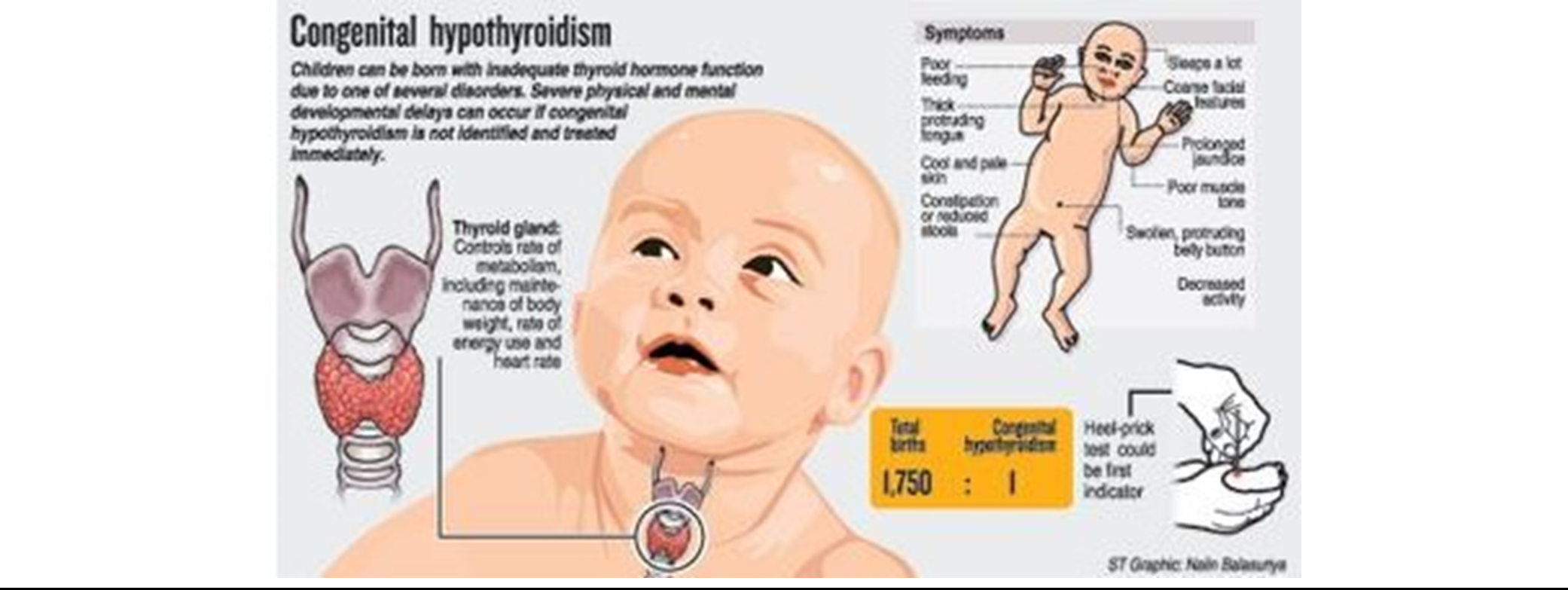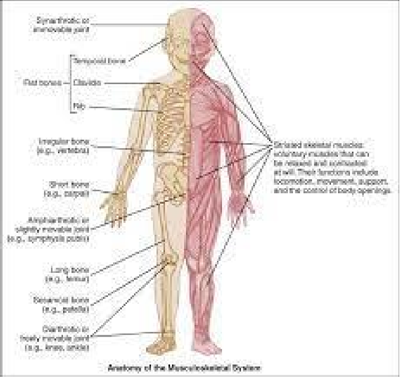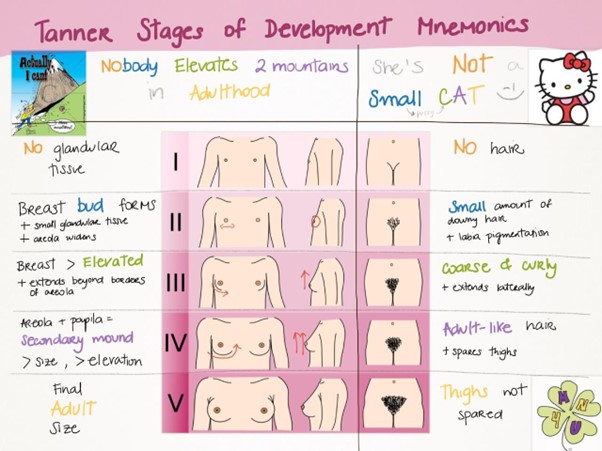A neonate is displaying mottled skin, has a large fontanel and tongue, is lethargic, and is having difficulty feeding. The nurse recognizes that this is most suggestive of which disorder?
Hypoglycaemia
Hypothyroidism
Hypocalcaemia
Phenylketonuria (PKU)
The Correct Answer is B
Hypothyroidism refers to an underactive thyroid gland that does not produce enough thyroid hormones. In newborns, this condition is known as congenital hypothyroidism. The symptoms mentioned—mottled skin, a large fontanel (soft spot on the baby's head), a large tongue, lethargy, and difficulty feeding—are characteristic of hypothyroidism inneonates.
Mottled skin can occur due to decreased circulation and low body temperature associated with hypothyroidism. A large fontanel and tongue are common physical features seen in infants with hypothyroidism. Lethargy and poor feeding are also typical signs of this condition.

Hypoglycaemia in (option A) is incorrect because it refers to low blood sugar levels and usually presents withdifferent symptoms such as jitteriness, tremors, and sweating.
Hypocalcaemia in (option C) is incorrect because it is low calcium levels and can manifest with symptoms like muscle cramps, twitching, and seizures.
Phenylketonuria (PKU) in (option D) it is incorrect because it is a metabolic disorder characterized by the inability to metabolize the amino acid phenylalanine, and it typically presents with different symptoms such as intellectual disability and a musty door to the skin.
Therefore, based on the symptoms described, hypothyroidism (B) is the most likely disorder in this neonate. It isimportant to consult a healthcare professional for a proper diagnosis and appropriate treatment.
Nursing Test Bank
Naxlex Comprehensive Predictor Exams
Related Questions
Correct Answer is C
Explanation
Infants and children have open growth plates, also known as epiphyseal plates, at the ends of
their long bones. These plates are responsible for bone growth and are not fully fused until
the child reach skeletal maturity. Due to the presence of open growth plates, infants and
children are more prone to fractures because their bones are still developing and are less
dense than those of adults.
Their bones have less blood flow in (Option A) is incorrect because cchildren’s bones
actually have a greater blood flow compared to adults. This increased blood flow supports the
rapid growth and development of bones in children.
Growth occurs in children as a result of an increase in the number of muscle fibers in (option
B) is incorrect because ggrowth in children occurs primarily due to the elongation and
thickening of existing muscle fibres, not an increase in their number. This option inaccurately
suggests that children's muscles increase in fibber count to facilitate growth.
Because soft tissues are resilient in children, dislocations and spirals are less common than in
adults in (Option D is) incorrect. While soft tissues may be more resilient in children, it does
not mean that dislocations and sprains are less common than in adults. In fact, children's
ligaments and joint structures are still developing and may be more susceptible to injuries
such as sprains and dislocations compared to adults.

Correct Answer is D
Explanation
Tanner staging is a method used to assess and describe the development of secondary sexcharacteristics during puberty. It is primarily focused on the physical changes that occur asindividuals transition from childhood to adulthood. The Tanner scale consists of differentstages(ItoV)that describethedevelopmentofspecificsecondarysexcharacteristicssuchasbreastdevelopment, pubichairgrowth,genital development,and facialhair growth.
Growthhormonesecretionin(optionA)isincorrectbecauseWhilegrowthhormonedoesplay a role in the overall growth and development of individuals during puberty, Tannerstagingdoes not specificallymeasureor assessgrowth hormone secretion.
Hormone levels in (option B) is incorrect because While hormone levels, including sexhormonessuchas estrogenandtestosterone, doplayasignificantrolein thedevelopmentofsecondary sex characteristics, Tanner staging itself does not involve measuring or assessinghormone levels. Hormone levels can be assessed through laboratory testing, but this is aseparateprocess from Tanner staging
Hyperthyroidism in (option C) is incorrect because Hyperthyroidism, on the other hand, is amedical condition characterized by an overactive thyroid gland that produces an excessivenumberofthyroidhormones.Itisnotdirectlyrelatedtothedevelopmentofsecondarysexcharacteristics. Diagnosing hyperthyroidism typically involves assessing symptoms,conductingphysicalexaminations,andperformingspecificbloodteststomeasurethyroidhormone levelsandevaluatethyroidfunction.

Whether you are a student looking to ace your exams or a practicing nurse seeking to enhance your expertise , our nursing education contents will empower you with the confidence and competence to make a difference in the lives of patients and become a respected leader in the healthcare field.
Visit Naxlex, invest in your future and unlock endless possibilities with our unparalleled nursing education contents today
Report Wrong Answer on the Current Question
Do you disagree with the answer? If yes, what is your expected answer? Explain.
Kindly be descriptive with the issue you are facing.
